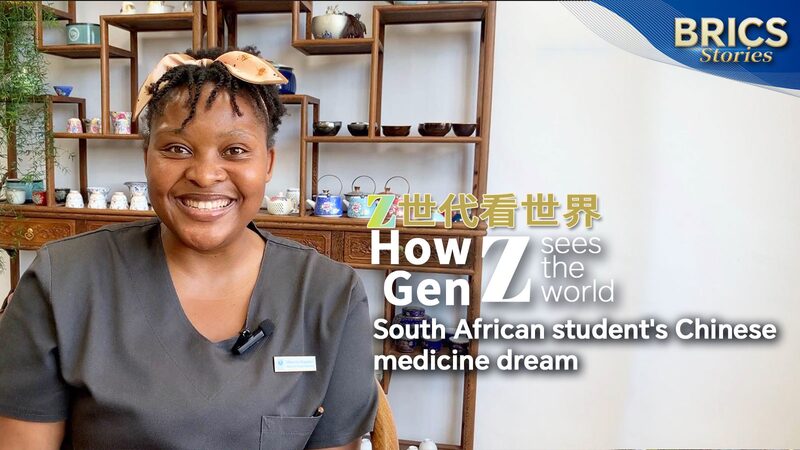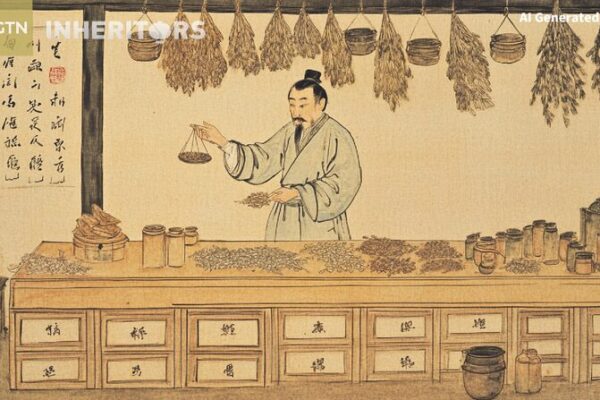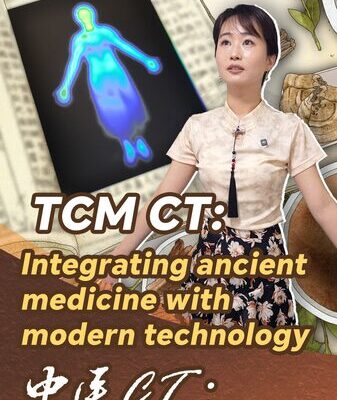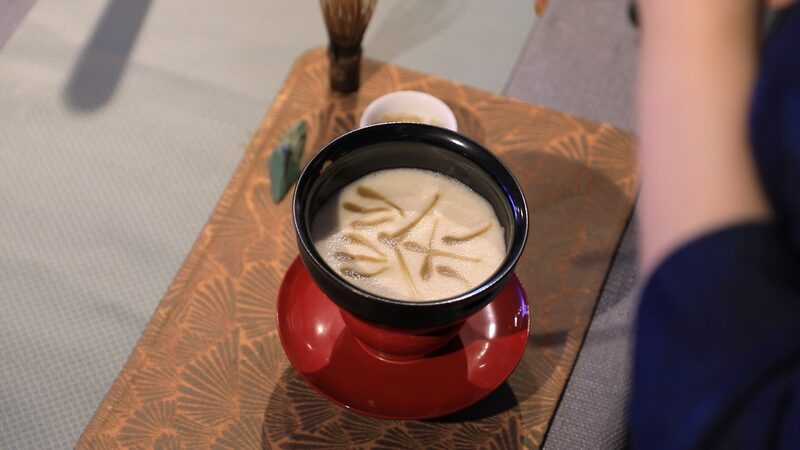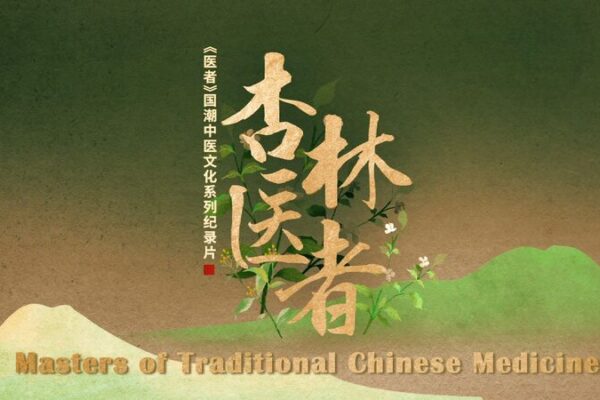At just 25 years old, South African student Muneiwa Magadani is charting a unique path in the world of medicine. Now in her fourth year of studying Traditional Chinese Medicine (TCM) and acupuncture, she’s not only mastering new healing techniques but also immersing herself in a rich tapestry of Chinese culture.
“I was amazed to see patients who hadn’t found relief through other medical methods regain their health with acupuncture, massage, cupping, and traditional Chinese remedies,” Muneiwa shares with a smile.
Her journey began through the Confucius Institute, which opened doors to learning Mandarin, the art of the tea ceremony, and the graceful movements of Tai Chi. “I fell in love with the richness of Chinese culture,” she says. “The language, the traditions, everything.”
Muneiwa credits the BRICS mechanism for these opportunities. “There are Confucius Institutes in universities across South Africa and many other countries, allowing us better access to Chinese culture and language,” she explains. “I think these opportunities are only available because of the BRICS mechanism.”
The BRICS partnership—comprising Brazil, Russia, India, China, and South Africa—has not only fostered economic and trade cooperation but also promoted people-to-people exchanges among member countries. For students like Muneiwa, this means a chance to bridge cultures and bring new healing practices back home.
As she looks toward the future, Muneiwa hopes to integrate TCM into South Africa’s healthcare landscape. “I believe that combining traditional Chinese methods with our local practices can enhance the way we approach health and wellness,” she says.
Her story is just one example of how cross-cultural educational opportunities are shaping the next generation of global citizens.
Reference(s):
cgtn.com
